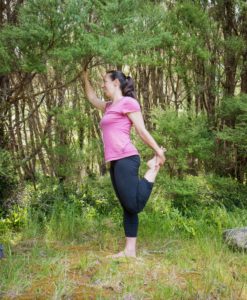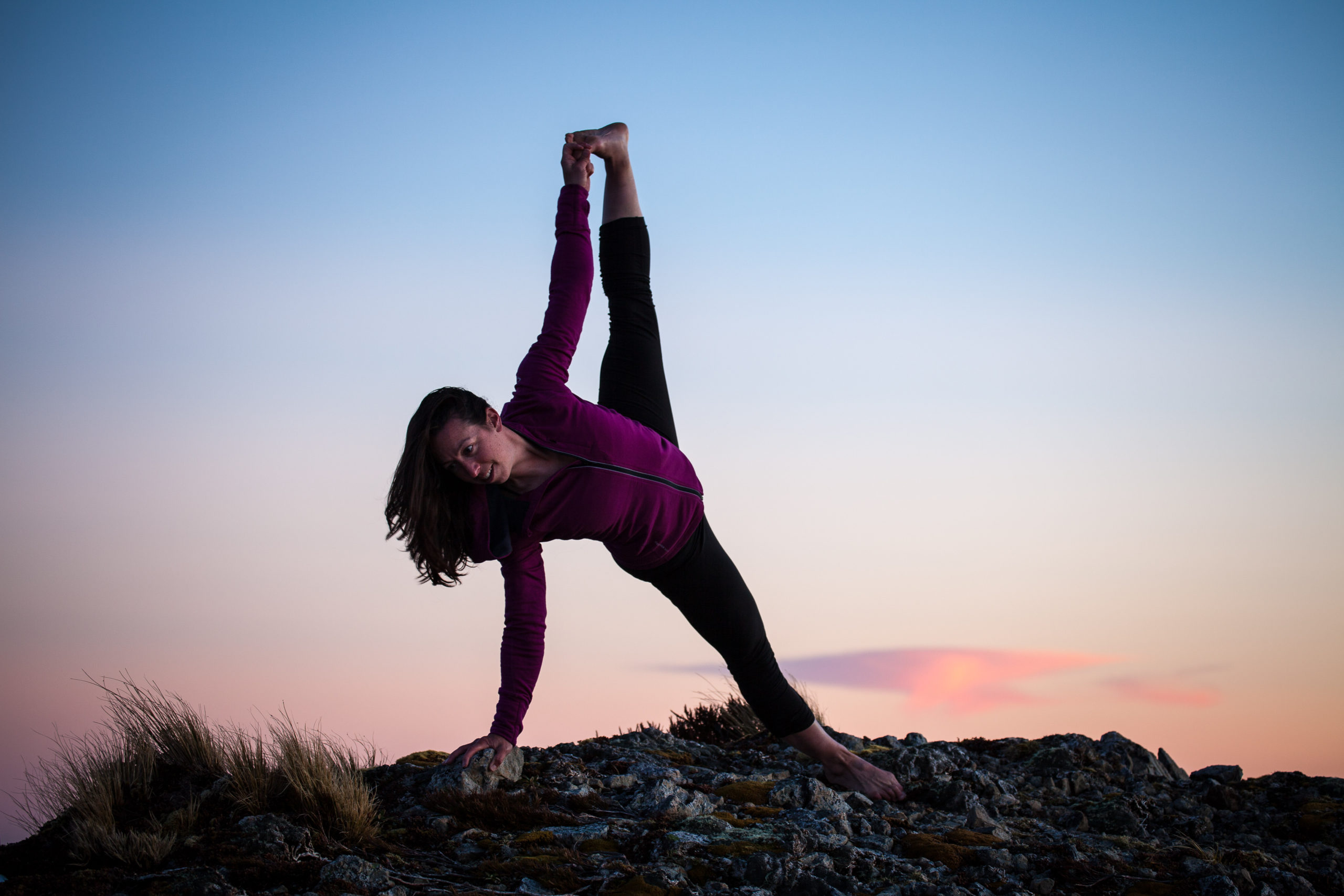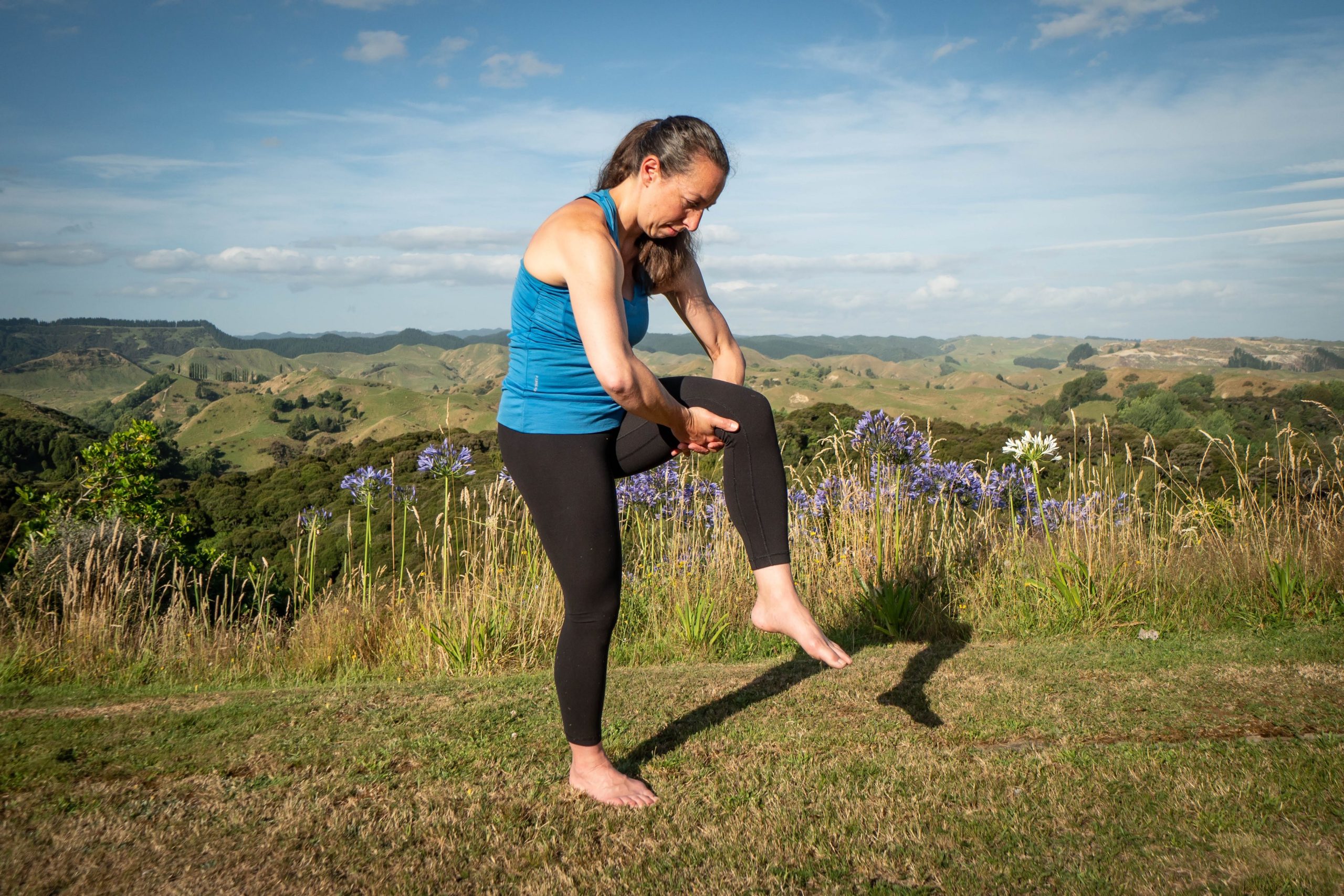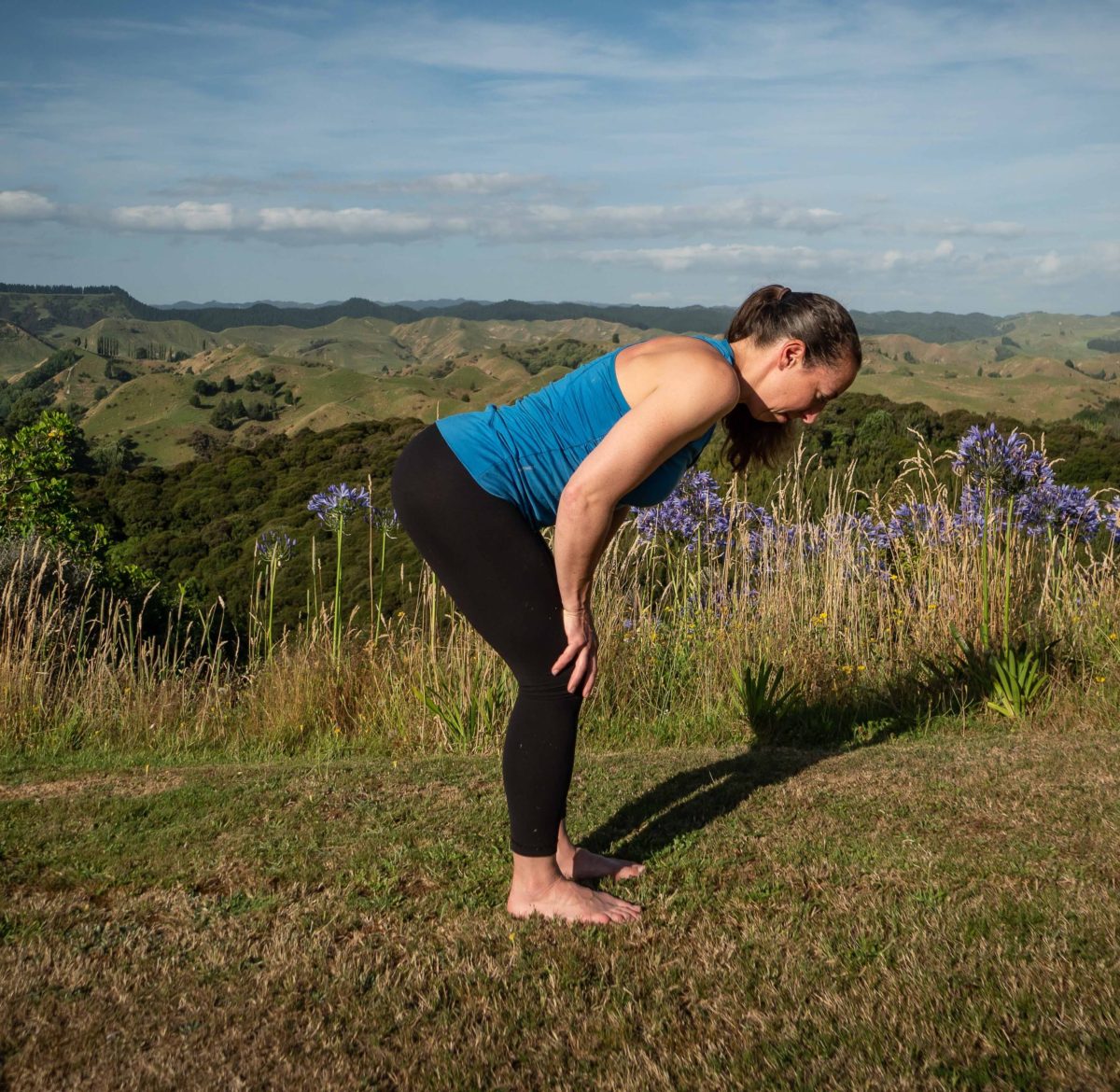When you have too much flexibility, it means you have a significant range of motion in your joint(s).
Without natural limitations in your range of motion, there’s a greater risk of injury. For example your shoulder could rotate too far causing tears in the rotator cuff or cause chronic irritation resulting in bursitis.
Significant flexibility or range of motion occurs when your muscles, ligaments and tendons are in a permanently lengthened position allowing that range of motion in your joints (and your bone structure doesn’t restrict your movement). AND the fascia or connective network that surrounds your joint, bones and muscles is also lengthened and lose.
This means your body won’t have structural support from the fascia or ligaments to limit your range of motion. Instead your muscles will have to provide the structural stability for your body. This means you need to train your muscles to provide that structural support and consciously choose to activate those muscles.
In some cases, muscles get overworked providing the structural support your body needs – especially when the muscles have to work in the same pattern for a long period of time – such as sitting, standing, walking, cycling or running for hours.
This is one reason why people who have a significant range of motion can also have chronic muscle pain – the muscles are chronically working to compensate for the excessive flexibility.
This also means that you may need to stretch differently to relieve the pain. When muscles are already significantly lengthened, it can be difficult to feel passive stretches. To feel the relief of a passive stretch you have to pull the muscle beyond its already lengthened state – potentially increasing your range of motion and destabilising your body further.
As an alternative you can work on active stretching – stretching the muscle in a contracted state (pulling the muscle when it’s shortened/active).
To see what I mean try stretching your thighs both passively and actively – stop if you feel knee pain at any point:

- While standing, reach back with your left hand. Bend your left knee and grab your foot or ankle with your left hand. Keep your muscles relaxed in your left leg. Gently pull your foot. This is a passive stretch.
- Now, in the same position still holding your left foot, squeeze your buttocks trying to tuck your tailbone under just a little. This will help you tighten your thigh muscles. You should feel the stretch without having to pull with your left hand. This is active stretching – the muscle you are trying to stretch is actively contracting.




